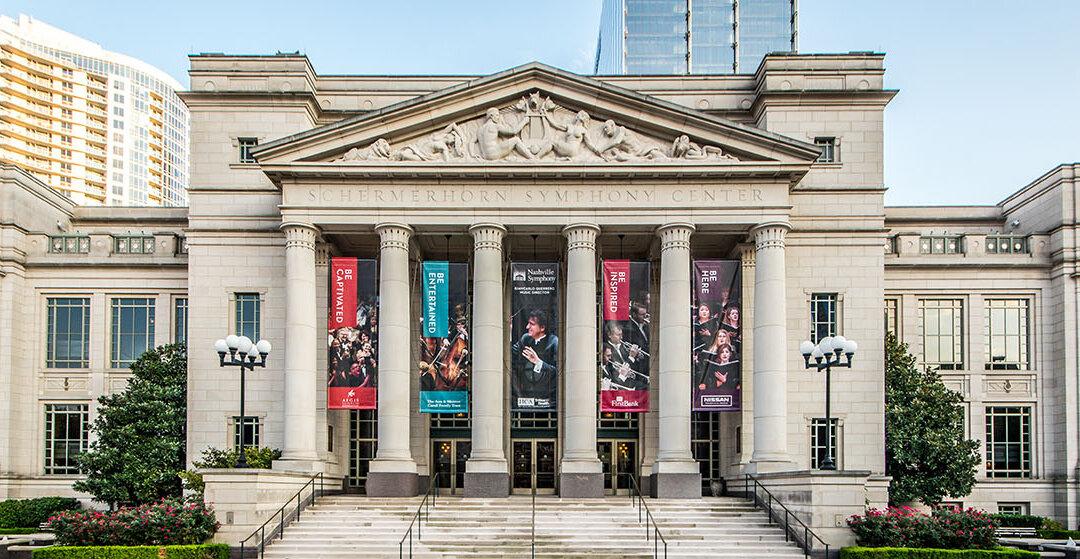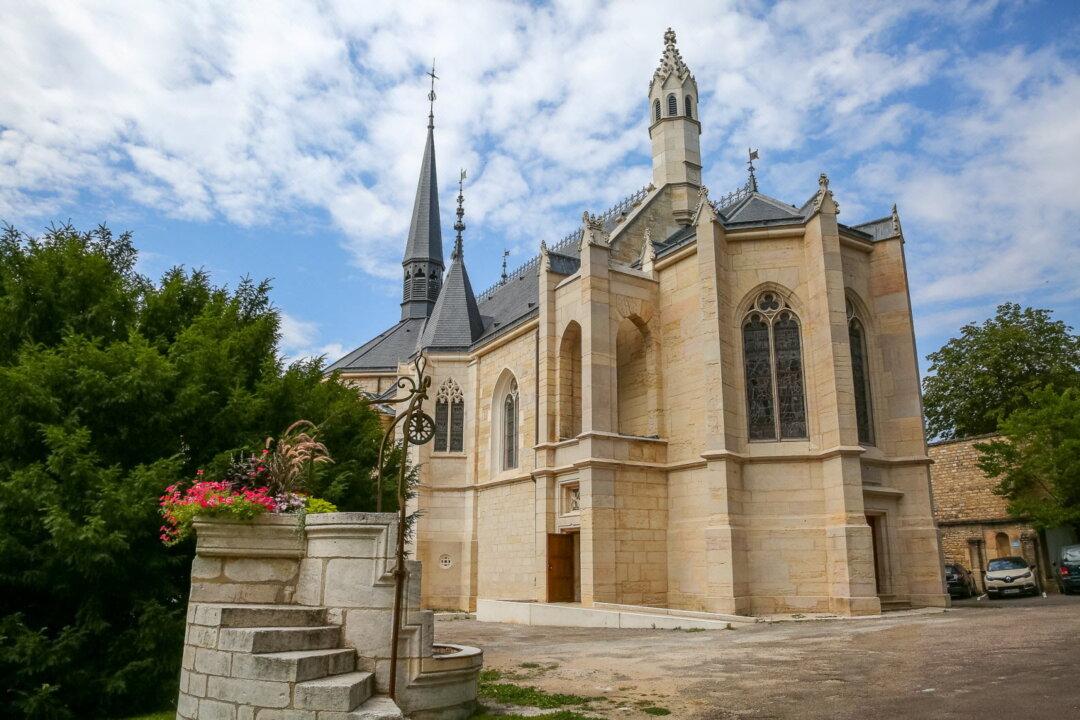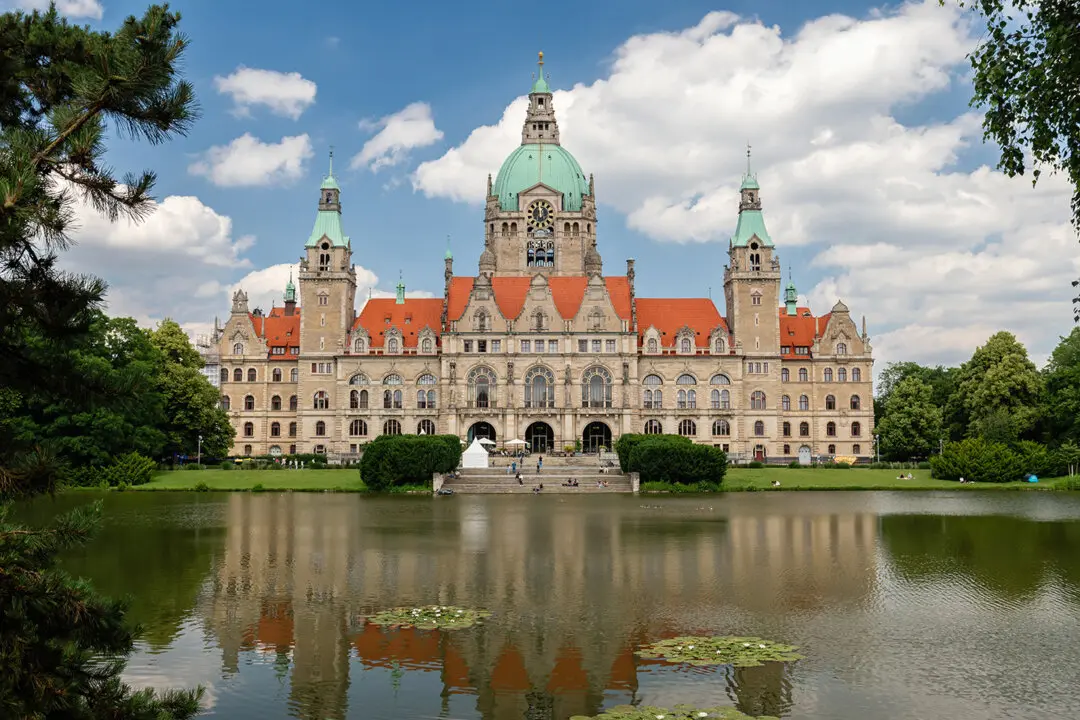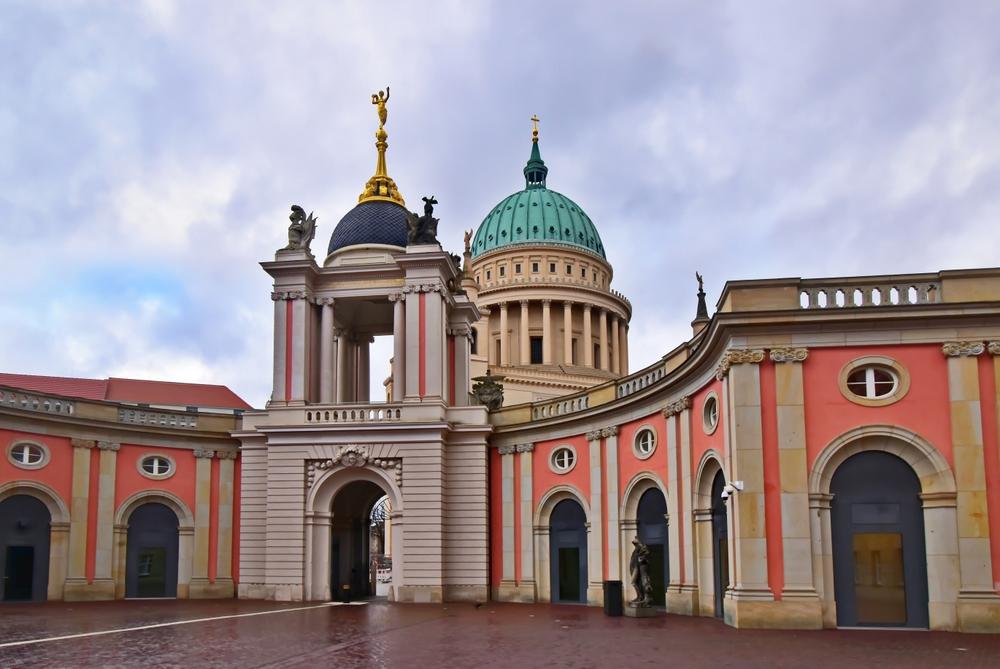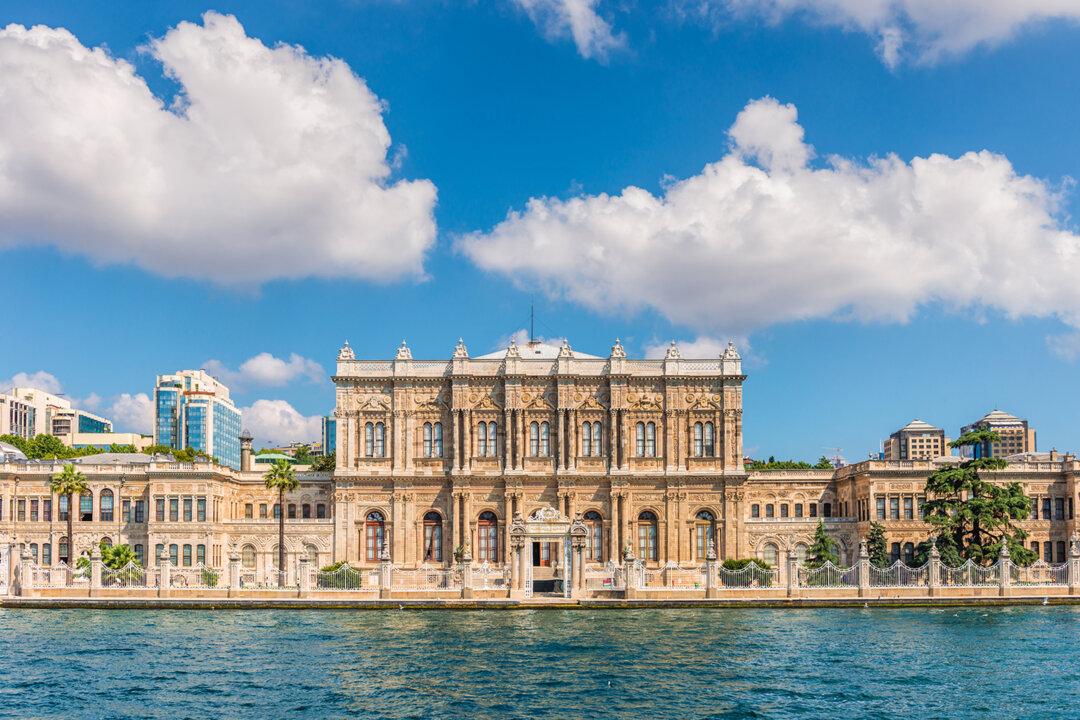Less than eight months after suffering $40 million in flood damage, Nashville’s Schermerhorn Symphony Center reopened for a concert on Dec. 31, 2010. Anyone unfamiliar with its history would have assumed they were stepping into a beautiful old building that had undergone extensive repairs and renovations. But before the audience left that night, they learned a very different story.
Kenneth Schermerhorn—for whom the building was named—served as conductor of the Nashville Symphony Orchestra from 1983 until his death in 2005. Under his leadership, the orchestra became one of the most prominent in the United States, with accomplishments including record-breaking CD sales, television broadcasts, and Grammy Awards nominations.

